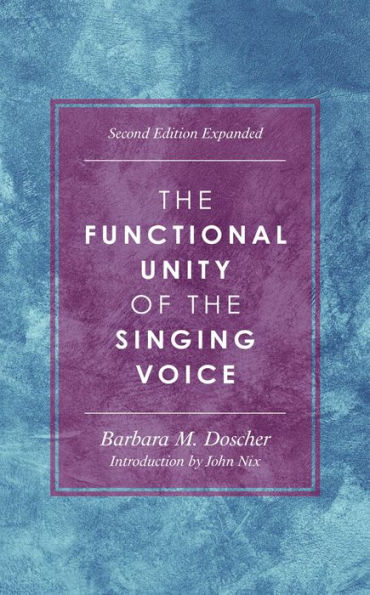5
1

The Functional Unity of the Singing Voice
398
The Functional Unity of the Singing Voice
398eBook (Second Edition)
$36.00
Related collections and offers
36.0
In Stock

Product Details
| ISBN-13: | 9781538178881 |
|---|---|
| Publisher: | Rowman & Littlefield Publishers, Inc. |
| Publication date: | 04/04/2023 |
| Series: | National Association of Teachers of Singing Books |
| Sold by: | Barnes & Noble |
| Format: | eBook |
| Pages: | 398 |
| File size: | 4 MB |
| Age Range: | 18 Years |
About the Author
From the B&N Reads Blog
